There was a time, not so far back, in which the city of Valencia produced the largest magazine in Spain, the most polemic one, the funniest one, the most widely read one. It was a humorous publication which took advantage of the fallen Monarchy, which put great emphasis on the liberal tradition of anticlericalism and which became more risqué through suggestiveness.
This weekly publication was called La Traca. As popular as it was -even today though it remains unnoticed- some of the fictional characters which moved around its pages, are still among us: their names are part of popular culture and were transmitted to those who could not read it by those who could. In a sense, this work, La Traca, with transgression as a norm, brings Valencia and its traditional popular politics a little part of what it was deprived of in 1939.
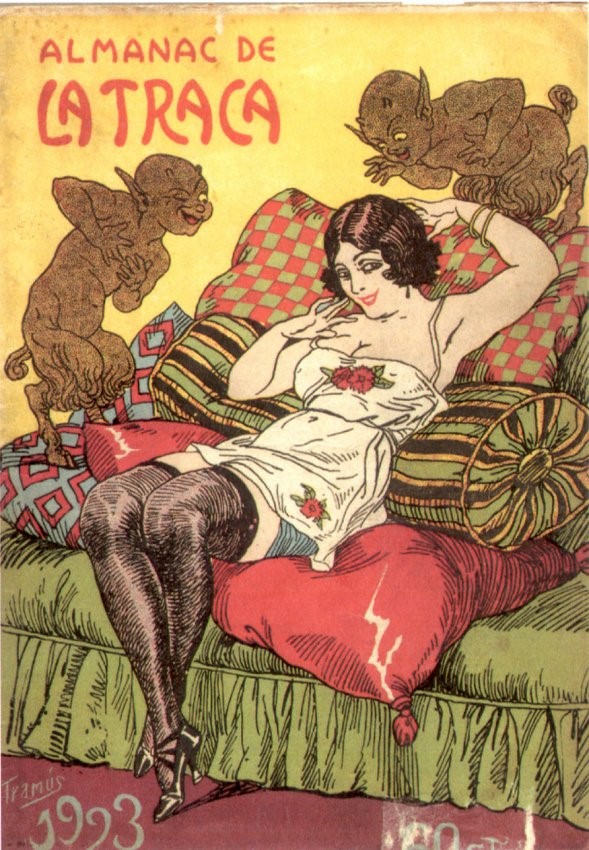
Col·lecció Rafael Solaz
La Traca holds a story with a sad ending. It was shot dead. Its owner, Vicente Miguel Carceller, was shot shamefully at the walls of Paterna’s Cemetery. Some of its drawers were as lucky; others save their lives but remained in ostracism. They were defeated. The exhibition ends up paying tribute to their memory throughout a wide path which covers over half a century -between 1884 and 1939-.
The defeat came after a long battle which went way over the three years of the Civil War. In reality, La Traca was born in 1884 thanks to the promotion of two republicans from Valencia -Manuel Lluch Soler and Luis Cebrián Mezquita-. They were friends and disciples of Constantí Llombart and activists in the progressive area of the Renaixença (Renaissance). Hence, the weekly publication was written in Valencian, without grammar pretensions but with a clear intention of reaching the maximum number of readers possible and bringing written language closer to spoken language. That primal La Traca was very important. Certainly, it was the result of a long series of funny, satirical newspapers, but it created tendency on its own. It was a claiming publication, merciless with corruption (and not only political corruption) and wishing to create a local Republican culture rooted in the popular.
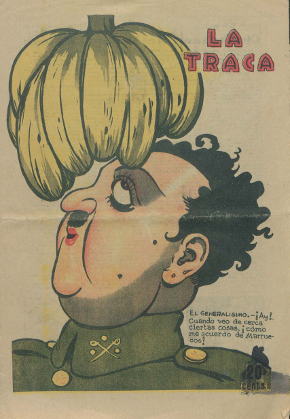
Col·lecció Rafael Solaz |
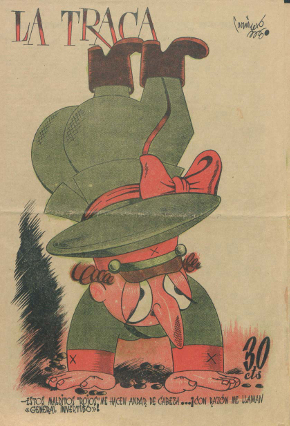
Col·lecció Rafael Solaz |
Humour and power usually repel each other. So the life of La Traca was not easy. Government’s prosecution to freedom of speech had several corollaries: reports, fines, prisons, changes in the name of the magazine (La Traca became La Sombra y La Chala), kidnappings, months without being published.... La Traca came back to light the critics in a more tenacious way, if possible. Lluch Soler’s perid was over, but Miguel Carceller’s started in 1909.
Carceller is a key figure in our contemporary Valencia. He was a press businessman, Valencianist, a Republican passionate of Blasco Ibáñez, a restless man who loved theatre and literature, a man of bulls and tauromachian inventions, an urban promoter able of turning his companies into symbols. A person executed. The exhibition provides us with an complete idea of a man with initiative and of his link with La Traca, with this seminar which reached over half a million copies in the years of the Second Republic.
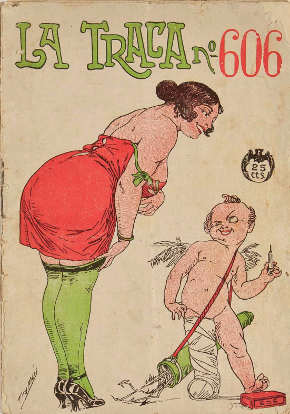
Archivo Rafael Solaz |
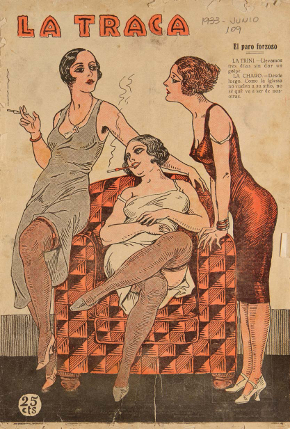
Biblioteca Valenciana Nicolau Primitiu. |
An exhibition with such nature, includes many original publications and, specially, many extraordinary numbers of La Traca. The task seemed easy: going to the newspaper and periodicals library, requesting for the volumes and exposing them. No. As doubtful as it may seem, the publication which held a greatest circulation in the history of Spanish press before the 1970s, is a newspaper rarity. A collectible. Not only Carceller was defeated in 1939. The authorities of the New Francoist State also wanted to delete his work. So, added to the contribution of the exhibition’s curators and authors of the work, professors Antonio Laguna and Francesc-Andreu Martínez, the collaboration of the collector and erudite Rafael Solaz has been very efficient along with the help from the Valencian Library and the Municipal Newspaper and Magazine Libraries of Valencia and Madrid.
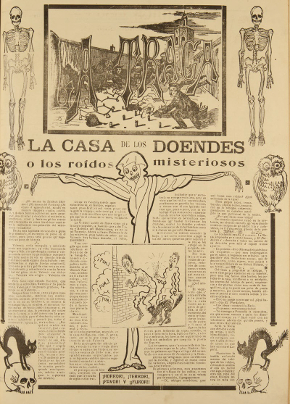
Biblioteca Valenciana Nicolau Primitiu |
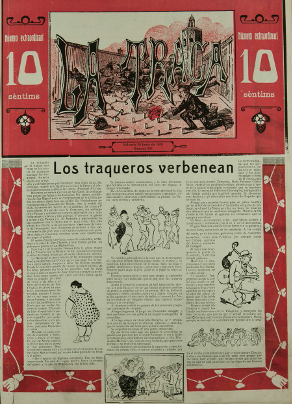
Biblioteca Històrica. Universitat de València |
The exhibition and the catalogue’s greatest virtue is that they give account of the construction of an alternative popular culture which arose in Valencia during the 30s and which achieved to root and dispute symbolic space of traditional agents in the construction of sense.
We believe that, this way, from the Universitat de València, que keep on contributing to the increase of Valencia’s awareness of itslef by knowing what it was in the past, what it tried to do, what it achieved and what made it trip. It is probably a topic to think that Valencian people and powder go together. However, after walking around it and observing the exhibition and the work of La Traca in detail, transgression becomes a norm and one realises that powder (La Traca) is also an euphemism of a society’s ability to criticize the frontiers which restrain it and to build alternatives.
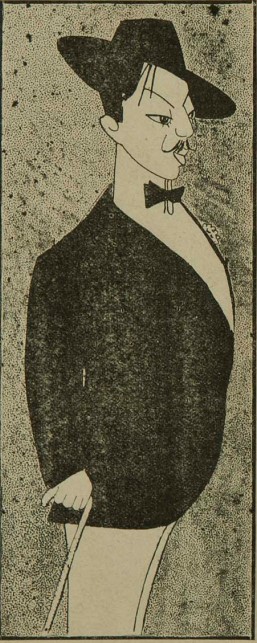 |
| Caricatura Carceller, La Traca, 09/06/1917 |











